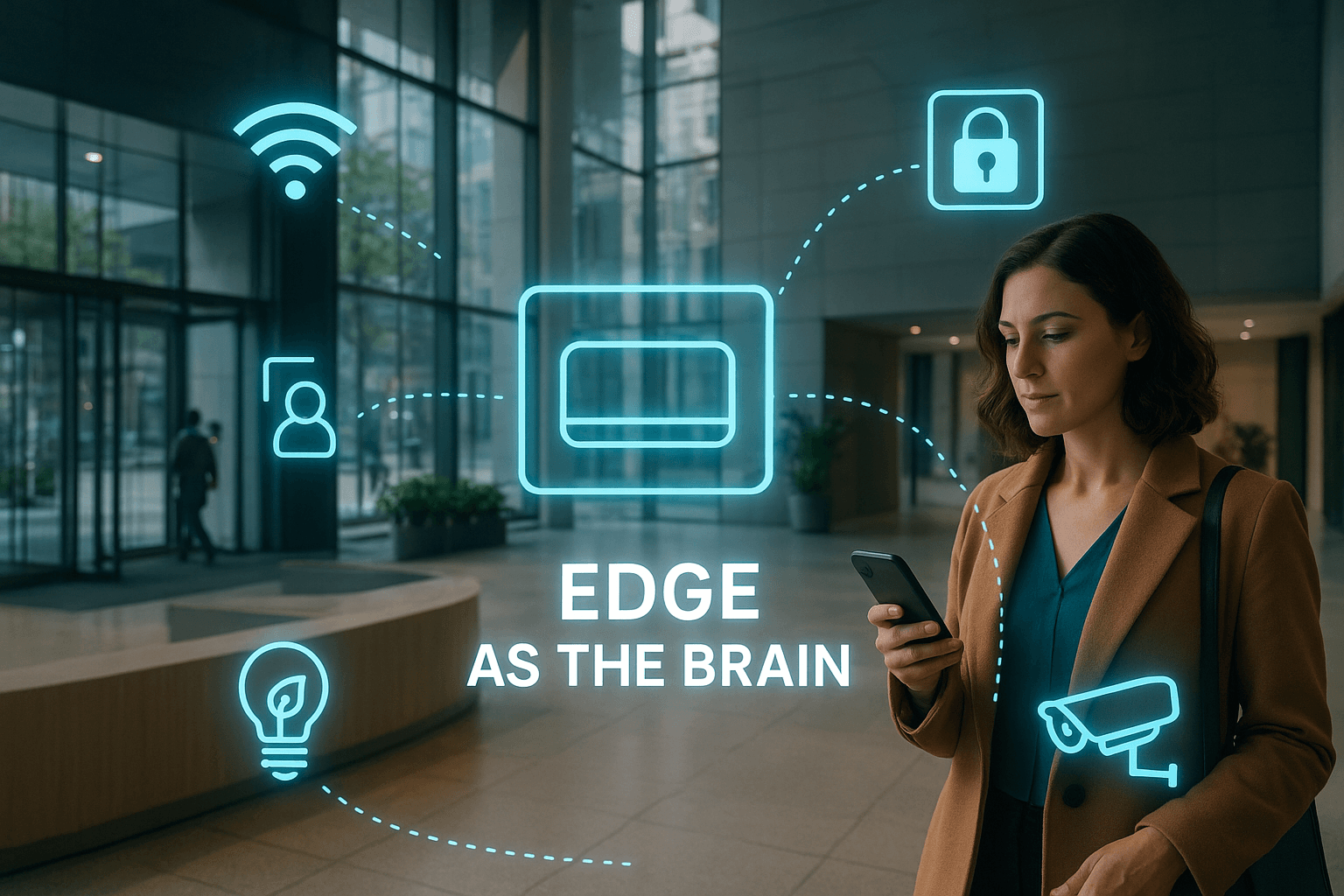
The Achilles’ Heel of the Internet in Africa: A Call for Distributed Digital Infrastructure
Remember that sinking feeling when your internet connection vanishes? It’s not just a personal inconvenience; it can cripple businesses, disrupt communication, and hinder access to vital information. Recently, several East African countries experienced this frustration firsthand when a subsea cable, the hidden artery of the internet, suffered damage.
These subsea cables, carrying an immense amount of data across vast distances, are crucial. However, much like Achilles with his heel, they’re vulnerable – susceptible to accidents, malicious activity, or even Mother Nature’s fury. This incident underscores a pressing need: to transition towards a more distributed digital infrastructure.
The Centralized Conundrum:
The current internet model relies heavily on centralized data centers, vast server farms nestled far away from the users they serve. This centralized approach has inherent flaws:
- Subsea Cable Catastrophe: A single disruption to a subsea cable can cause widespread outages, leaving entire regions disconnected.
- Latency Lag: Data travels long distances, experiencing lag that impacts everything from online gaming to video calls.
- Limited Scalability: Adding more users strains the system, leading to slowdowns and bottlenecks.
Enter the Distributed Future:
A paradigm shift is underway. The future of digital infrastructure lies in a distributed model – edge computing. Imagine tiny data centers scattered across the globe, processing power and data storage closer to the users. Here’s what this distributed future holds:
Localized Data Heroes: With edge data centers in place, disruptions like subsea cable damage become less disruptive. Data can be stored and accessed locally, minimizing the impact of outages.
Offline All-Stars: Edge computing allows for applications designed to function offline, especially helpful in remote areas. Think of vital services like education or healthcare resources being available even when the broader internet connection is down.
Building a Stronger Foundation: A distributed model strengthens the internet’s overall resilience. No longer dependent on a single point of failure, it creates a more robust and reliable infrastructure for everyone.
Beyond East Africa: A Global Transformation
The benefits of distributed digital infrastructure extend far beyond East Africa. This approach has the potential to revolutionize internet access globally:
Faster Speeds, Happier Feeds: Edge computing reduces latency, delivering faster and smoother internet experiences. Imagine video calls feeling like face-to-face interactions and online gaming with lightning-fast responsiveness.
Scalability on Steroids: Unlike the limitations of centralized systems, a distributed infrastructure offers incredible scalability. It can adapt and expand easily to accommodate growing user bases.
Bridging the Digital Divide: By bringing processing power and data storage closer to underserved communities, edge computing can bridge the digital divide. It empowers them with vital information and resources, fostering greater connectivity and closing the gap between the connected and the unconnected.
Case Study: A Real-World Example with ARED Group
Let’s ditch the hypothetical and meet a real Edge Warrior – ARED Group. These tech wizards focus on bridging the digital divide in developing countries, with a strong presence in Africa. Their secret weapon? A network of edge data centers strategically placed throughout the continent.
Think about ARED Group like a digital Robin Hood, taking internet access away from the centralized data centers and giving it back to the people. Here’s how their edge infrastructure can potentially protect East Africa from future subsea cable woes:
Localized Customer Data: Imagine your mobile money transaction history or user profile safely stored in an East African edge data center. Even if a subsea cable gets tangled with a giant squid (unlikely, but hey, you never know!), you can still access this crucial information.
Cached Content Ready: Think of all the information you access through ARED Group’s digital applications – mobile money transfers, educational resources, you name it. This content can be cached on edge servers, so even if the connection to the origin server gets interrupted, you can still access a cached version, minimizing disruption.
Offline Kiosks Save the Day: Remember those solar-powered mobile kiosks ARED Group provides in remote areas? These bad boys become lifesavers during subsea cable outages. They can still operate independently, offering basic phone charging and access to certain applications, even when the internet connection is down.
The recent subsea cable outage served as a wake-up call. It’s time to move beyond the vulnerabilities of our current centralized model. A distributed digital infrastructure, built on the principles of edge computing, holds the key to a more resilient, efficient, and accessible internet for everyone. This is not just a technological advancement; it’s a step towards a more connected and empowered future.


